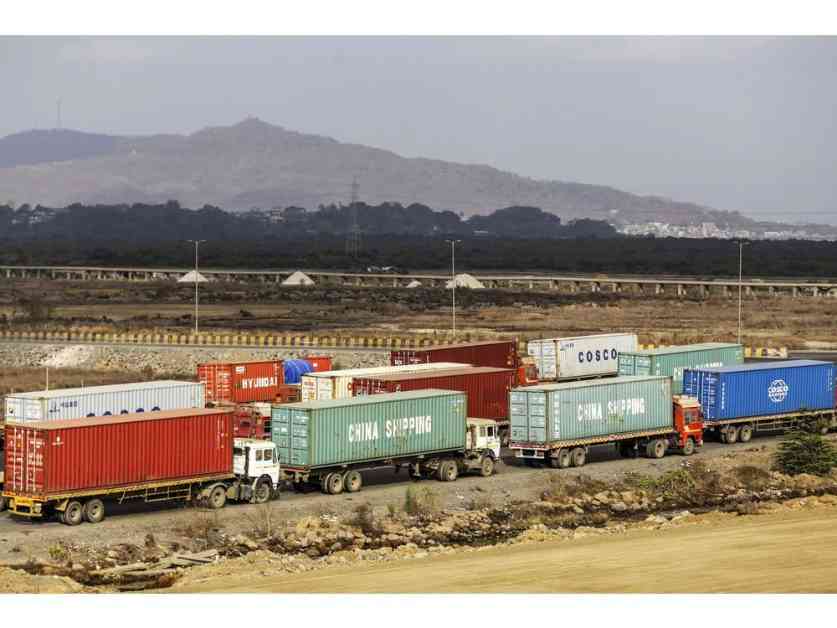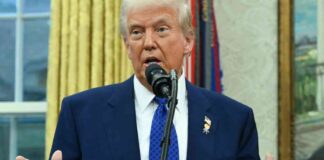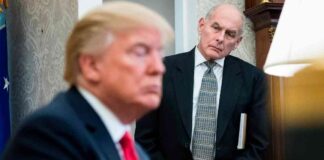In a recent development, US President Donald Trump announced that India has shown a willingness to make deeper tariff cuts. This comes after mounting pressure from Trump to reduce trade barriers that he believes unfairly impact American businesses. Trump mentioned during remarks on the US economy that India has agreed to significantly decrease its tariffs, highlighting the substantial tariffs that currently hinder US business in the country.
As the two countries navigate their trade relationship, it is crucial to understand the implications of these potential tariff cuts and how they could shape future trade agreements. Let’s delve deeper into this evolving situation and explore the possible impacts on both nations.
Trump’s Push for Tariff Reduction
President Trump’s emphasis on reducing tariffs with India stems from his belief that the current tariffs imposed by the country create obstacles for American businesses. By advocating for lower tariffs, Trump aims to create a more level playing field for US companies seeking to expand their presence in the Indian market. This push for tariff reduction underscores the broader trade negotiations between the two nations and the efforts to enhance economic cooperation.
In response to Trump’s pressure, India has shown a willingness to engage in discussions about making deeper tariff cuts. This signals a potential shift in trade dynamics and opens up opportunities for improved trade relations between the US and India. The willingness of India to consider tariff reductions reflects a proactive approach to addressing trade barriers and fostering a more conducive environment for bilateral trade.
Implications for Bilateral Trade
The evolving trade dynamics between the US and India have significant implications for bilateral trade relations and economic partnerships. As the largest trading partner of India, the US plays a crucial role in shaping India’s trade policies and economic landscape. The recent developments regarding tariff cuts indicate a willingness on both sides to explore avenues for enhancing trade cooperation and fostering mutually beneficial outcomes.
The potential reduction in tariffs could lead to increased trade volumes and greater market access for businesses from both countries. This could pave the way for a more robust economic partnership that drives growth, innovation, and job creation in key sectors. By addressing trade barriers and promoting a more open trade environment, the US and India are poised to strengthen their economic ties and unlock new opportunities for collaboration.
In conclusion, the willingness of India to consider deeper tariff cuts in response to US pressure marks a pivotal moment in the evolving trade relationship between the two nations. As both countries navigate the complexities of trade negotiations, the prospect of reduced tariffs holds the promise of a more vibrant and mutually beneficial trade partnership. By fostering dialogue, cooperation, and compromise, the US and India can chart a path towards sustainable economic growth and prosperity for their respective economies.






















